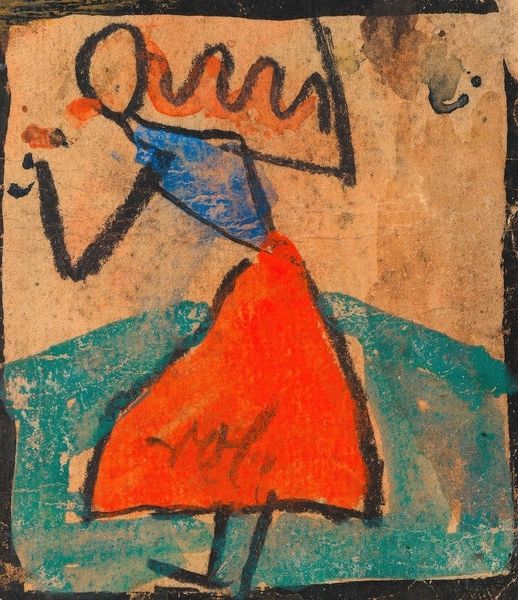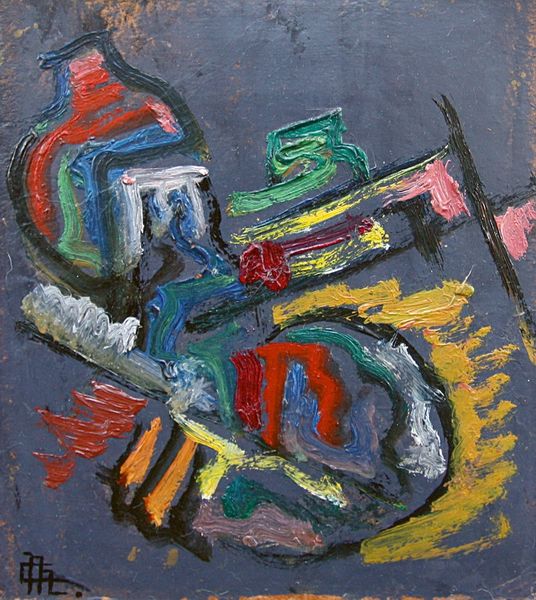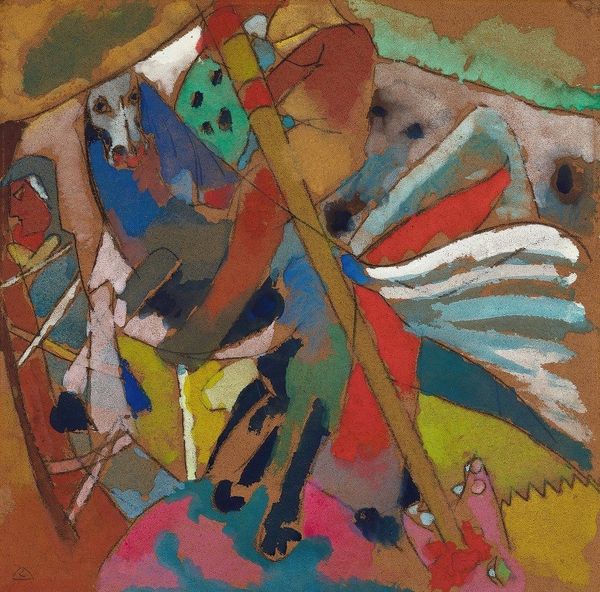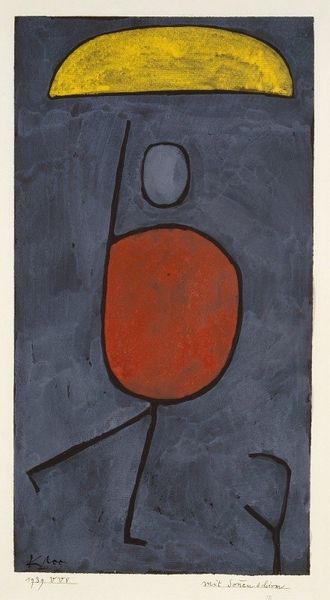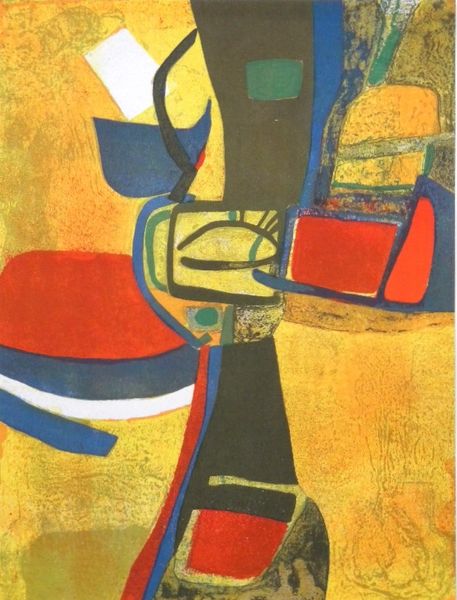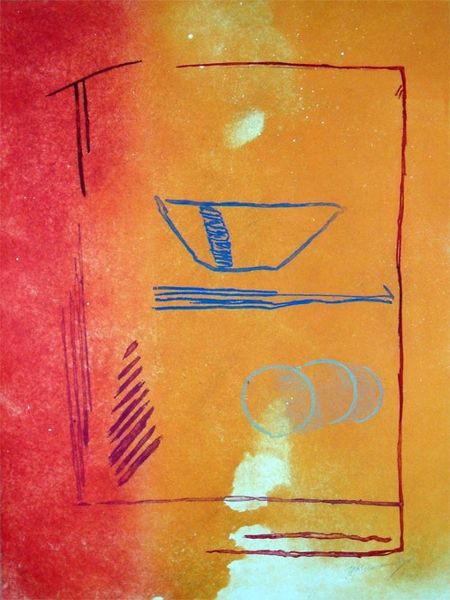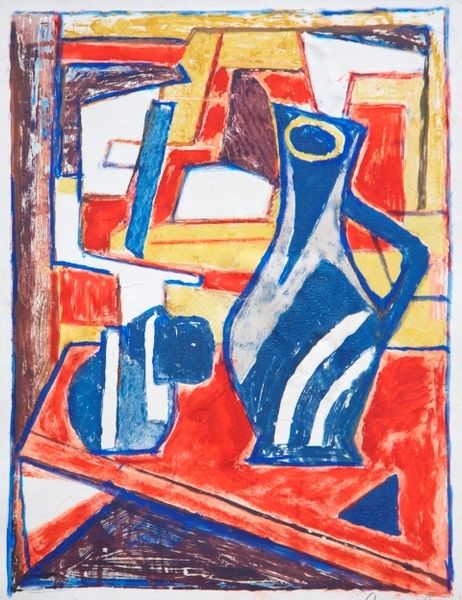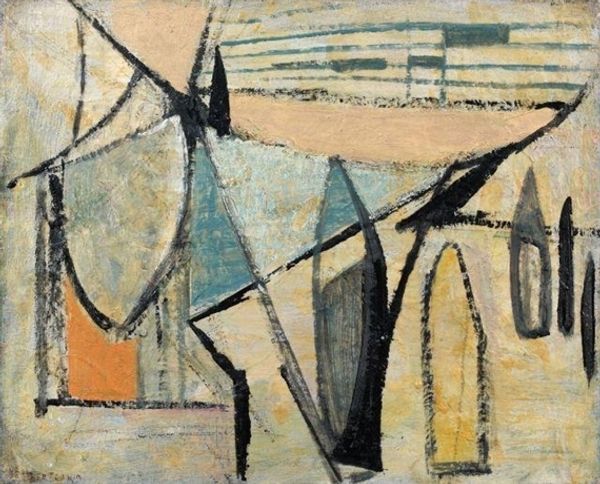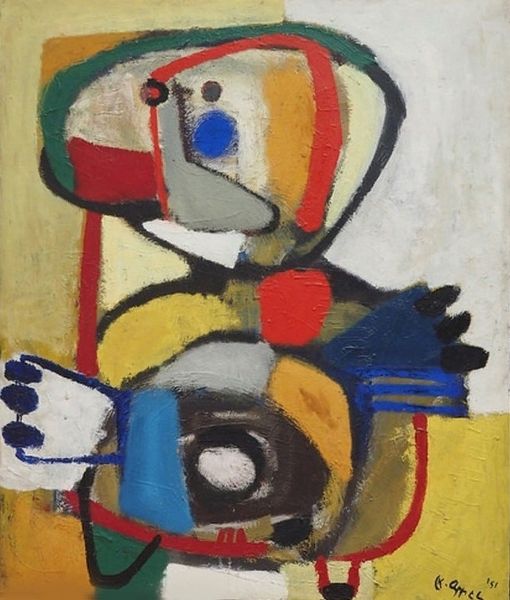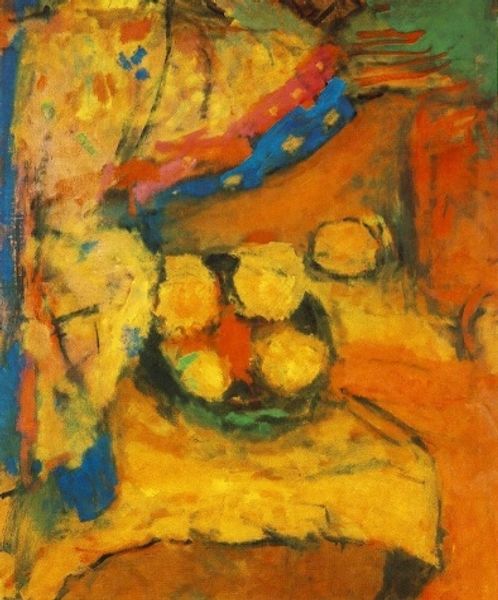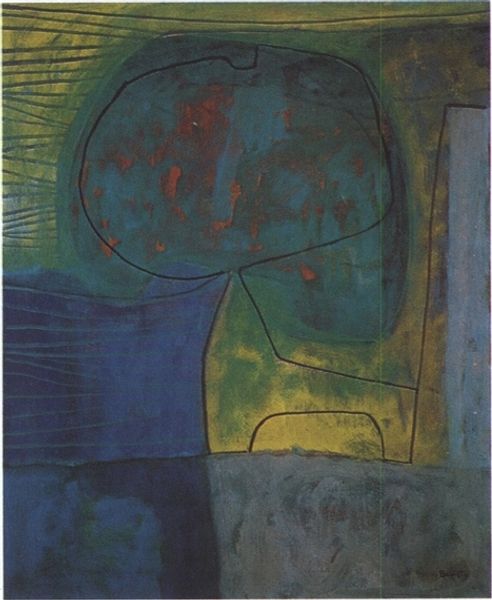
painting, paper
#
portrait
#
painting
#
figuration
#
paper
#
expressionism
#
monochrome
Copyright: Public Domain: Artvee
Editor: This is "Woman with Outstretched Arms in a Yellow Skirt," created by Egon Schiele in 1918. It's a painting done on paper, and what strikes me is the almost childlike simplicity, but it is also filled with a sense of sadness. What do you see in this piece? Curator: It's interesting that you pick up on that supposed simplicity. Schiele frequently deployed reductive forms to access a deeper emotional register. Note the almost symbolic use of colour - the vibrant yellow, juxtaposed against a washed out background. Think of yellow in the history of iconography: traditionally representing jealousy and betrayal as much as divinity and illumination. How do we read that tension here, knowing Schiele’s own biography? Editor: So, it’s not necessarily a joyful, sunny yellow then? The background does seem to dampen that effect. Curator: Exactly. The symbolism becomes even more layered when we consider the expressive nature of her outstretched arms, cropped unnaturally, creating further dissonance. They're a posture of supplication, yes, but also perhaps a thwarted attempt at flight. Think of Icarus or other failed ascensions depicted through art history. Does that inform your perception? Editor: It does! I hadn’t considered the outstretched arms in that way – it felt more like vulnerability, but now I see a possible yearning or struggle for something more. Curator: Visual symbols, after all, work through resonance, triggering cultural memories and prompting deeper psychological awareness. What appeared simple becomes profoundly complex. Editor: This makes me see the painting with completely different eyes. I was only focusing on my own emotional response, but now I can see the richness of the historical and cultural context and how it influences the artwork’s meaning. Curator: Precisely! And that is what makes studying art so perpetually rewarding: a continuous unfolding of potential interpretations.
Comments
No comments
Be the first to comment and join the conversation on the ultimate creative platform.
